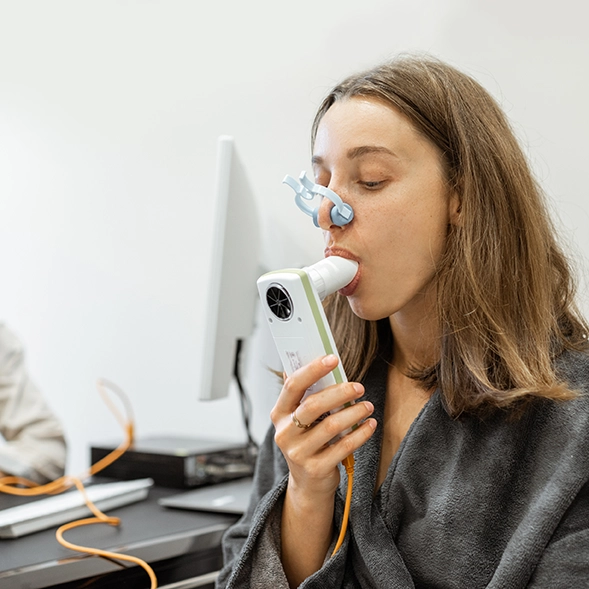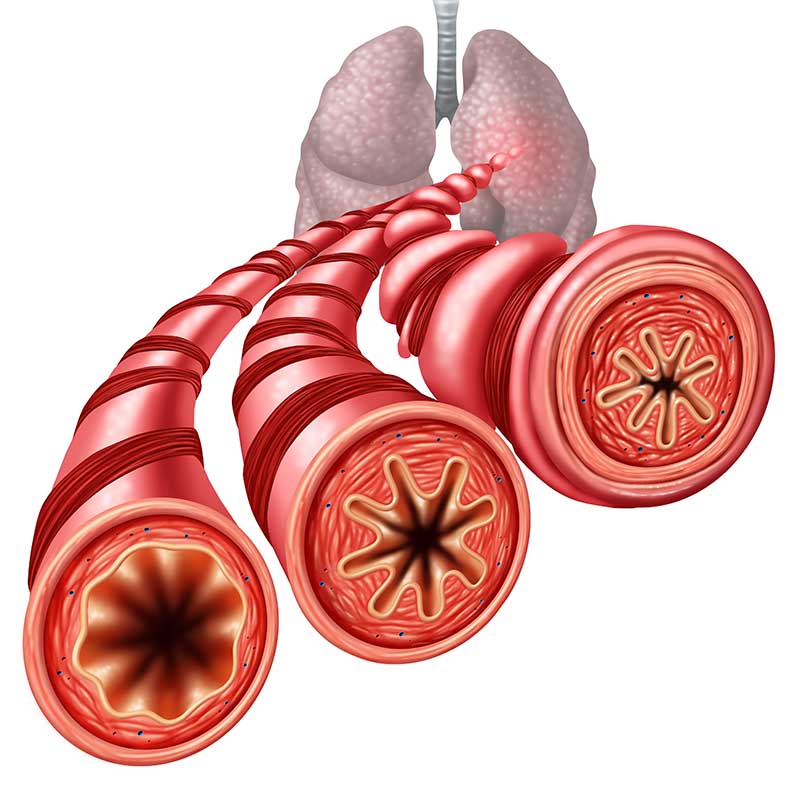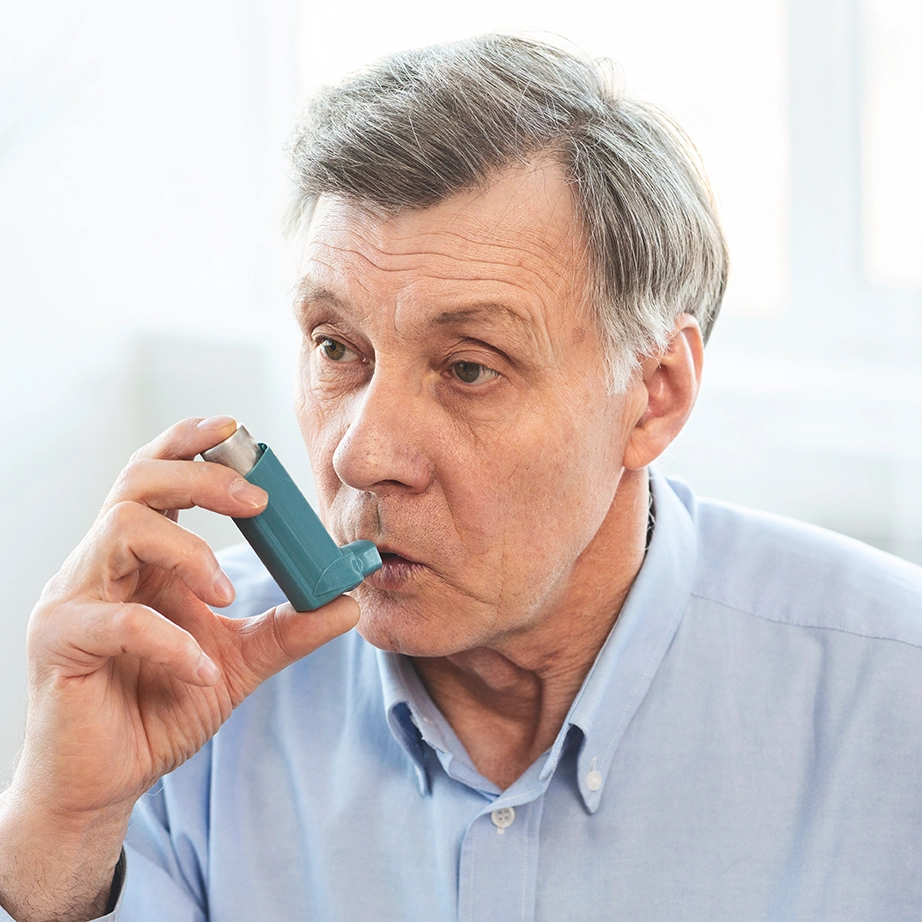Introduction
The International Study of Asthma and Allergies in Childhood (ISAAC) is the only worldwide study which has provided the first comparable estimates of prevalence and severity of asthma symptoms in school-aged children over nearly three decades (1993–2020). The Global Asthma Network (GAN) was established in 2012, building on the success of ISAAC studies and building a new collaboration with International Union Against Tuberculosis and Lung Disease (IUATLD). GAN Phase I study used an identical methodology and is the only source of new population-based data on worldwide trends in prevalence of asthma directly comparable to data from ISAAC Phase I and III studies.
Aim
The objective of GAN Phase I study was to conduct asthma symptom surveillance around the world in two age groups of children (6-7 years and 13-14 years) to analyze the time trends in prevalence and severity of symptoms from centers that completed GAN Phase I and ISAAC Phase I, Phase III or both.
Method
Study Design
- Multicenter, multi-country, cross-sectional population study.
Treatment Strategy
- The study included adolescents aged 13-14 years and children aged 6-7 years who self-completed written questionnaires at school.
- Asthma symptoms were assessed in this cohort from 27 centres in 14 countries in Africa, Eastern Mediterranean, America, Europe, and South-East Asia and Western Pacific regions, who had completed GAN Phase I and ISAAC Phase I, Phase III, or both.
- Centres from India included Jaipur, Bikaner, Pune, Kottayam, Lucknow, Delhi & Chandigarh.
End Points
- 10-year rate of change in prevalence of
- current wheeze,
- severe asthma symptoms,
- ever having asthma,
- exercise wheeze, and
- night cough
- Trends across age group, world regions and income levels.
Results
- The overall study population comprised 1,19,795 children from 27 centres in 14 countries – 74,361 adolescents (response rate 90%) and 45,434 children (response rate 79%).
- About one in ten individuals of both age groups had wheeze in the preceding year, of whom almost half had severe symptoms.
- Pattern of change in prevalence of severe asthma symptoms, ever having asthma, exercise wheeze and night cough was seen to be similar to change in prevalence of current wheeze.
- The prevalence for current wheeze in GAN Phase I ranged from 0·9% (New Delhi, India) to 21·3% (Cape Town, South Africa), with a mean of 10·4% in adolescents and from 1·1% (Lucknow, India) to 23·2% (Costa Rica), with a mean of 9·9% in children.
- Most centres showed a change in prevalence of all asthma symptoms by 2 SE or more (up or down) between ISAAC Phase III to GAN Phase I.
- India showed a decrease in the prevalence of all asthma symptoms but there was a wide variation within regions.
- National Asthma programs implemented in India and other countries might have played an important role in reducing the severe asthma symptoms.
- Analysis of subgroups stratified by age demonstrated a significant decrease in prevalence of severe asthma symptoms (–0·37) as well as in current wheeze (-0.43), and an increase in ever having asthma (1·25) in adolescents.
- The findings were similar in children with a significant decrease in prevalence of severe asthma symptoms (-0.24) and current wheeze (-0.22) and an increase in ever having asthma (0.56).
- Stratification by world region showed an increased prevalence of severe asthma and current wheeze in Africa and Eastern Mediterranean and decreased mean prevalence in South-East Asia and Western Pacific regions.
- There were no significant changes in the prevalence of the symptoms in America and Europe in either age group.
- Stratification by income levels revealed a significant decrease in the prevalence of asthma symptoms in the low-income countries but showed an increase in lower-middle-income countries, with no evidence of change in more affluent countries.
Conclusions
- Although the worldwide prevalence of asthma symptoms is relatively stable, about one in 20 school-aged children have severe asthma symptoms, and they need to achieve better asthma control to reduce the associated avoidable asthma morbidity and mortality.
Lancet 2021 Oct; 398: 1569–80.








